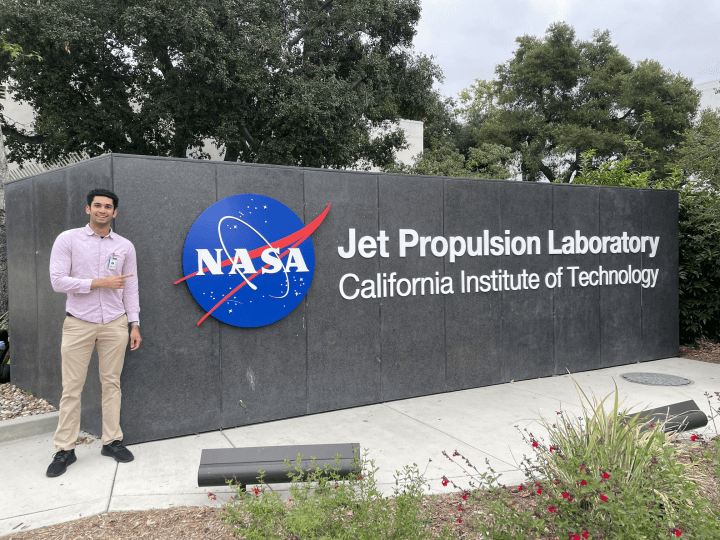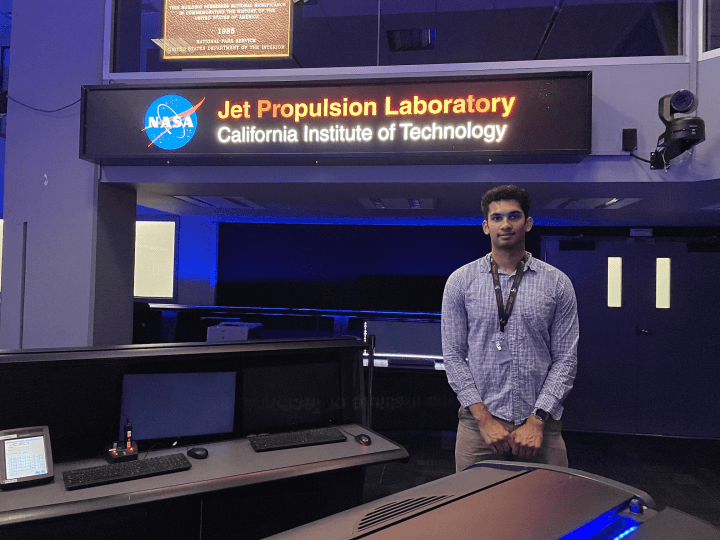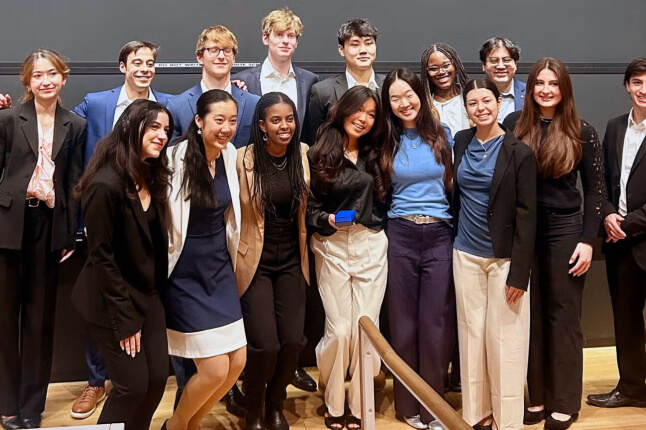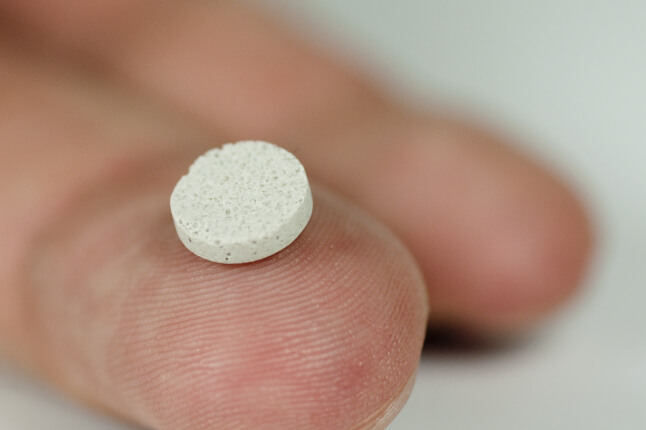News
Rohil Dhaliwal, A.B. '25, spent the summer interning at NASA’s Jet Propulsion Laboratory in Pasadena
Humankind may still be years away from setting foot on another planet, but whenever we get there, we’re going to need food.
Rohil Dhaliwal, a rising third-year student concentrating in bioengineering at the Harvard John A. Paulson School of Engineering and Applied Sciences (SEAS), spent his summer researching plant growth in microgravity. He interned at NASA’s Jet Propulsion Laboratory (JPL) in Pasadena, where he worked in the Planetary Protection Group, which has developed procedures to prevent cross-contamination during space exploration. His work included reconfiguring equipment that can simulate microgravity on plants.
“It was really cool to get the opportunity to finally work at the place I’ve dreamed about for almost my whole life,” Dhaliwal said.
Microgravity can be simulated on Earth using a device called a clinostat, which spins the plant along all three axes, confusing the cells that detect gravitational pull and fooling the plant into thinking it's in an environment with no gravity. Dhaliwal designed modifications to the clinostat to allow plants to receive enough water and light to grow while being spun.
“If someone wants to test something else in microgravity in the future, we developed pretty robust procedures and equipment to make microgravity testing for plants a lot faster in the future,” he said. “We got a lot of results about plant height and mass, root height and mass, and right now we’re looking at DNA data extracted from the soil.”
It’s really cool to think there’ll be future manned missions where they’ll need to grow their own food supply, and my protocols will play a small role in helping with that.
Dhaliwal also researched bacterial and fungal adaptability using samples from the International Space Station (ISS) and JPL clean rooms. By analyzing how such samples survive the high levels of ultraviolet radiation in space or the JPL’s robust sanitation processes, his lab designed better protocols to prevent cross-contamination when exploring a new planet.
“If you have a super-contaminated spacecraft that you send to Mars, and then Mars gets contaminated, if you’re looking for life on Mars you don't know if it's life that we accidentally sent or actual Martian life,” he said. “And when we get samples returned, we want to make sure our planet doesn’t get contaminated by something that could be parasitic, and to be able to analyze those samples without risk of contamination.”
As a summer intern with NASA's Jet Propulsion Laboratory, bioengineering concentrator Rohil Dhaliwal reconfigured equipment that can simulate microgravity on plants.
Dhaliwal came to Harvard planning to concentrate in physics. He took an introduction to life sciences class during his freshman spring semester And that, in turn, led him to take “ES53: Quantitative Physiology as a Basis for Bioengineering,” taught by Linsey Moyer, Associate Director of Undergraduate Studies in Biomedical Engineering at SEAS. A great experience in that class led him to declare in bioengineering, then sign up for subsequent electives on drug delivery, tissue delivery and neural control of movement.
“The bioengineering department has some of the coolest electives of any department, and it just made me want to study bioengineering even more,” he said.
All those bioengineering classes gave Dhaliwal a range of skills that helped him thrive in his summer internship. His tissue engineering course introduced him to the wet labs of the Active Learning Lab, where he learned lab skills he used every day in his internship. Other courses taught him how to work with bacterial samples like the ones he’d get from the ISS or Europa Clipper clean room.
“I felt like I wasn’t just a student, but was actively contributing to the lab space and bringing knowledge about bacterial work that others didn’t have,” he said. “Astrobiology isn’t something I knew a lot about before this internship, but I learned so much and got such a unique experience. It definitely makes me want to explore a lot more.”
Topics: Bioengineering, Planetary Science
Cutting-edge science delivered direct to your inbox.
Join the Harvard SEAS mailing list.
Press Contact
Matt Goisman | mgoisman@g.harvard.edu




